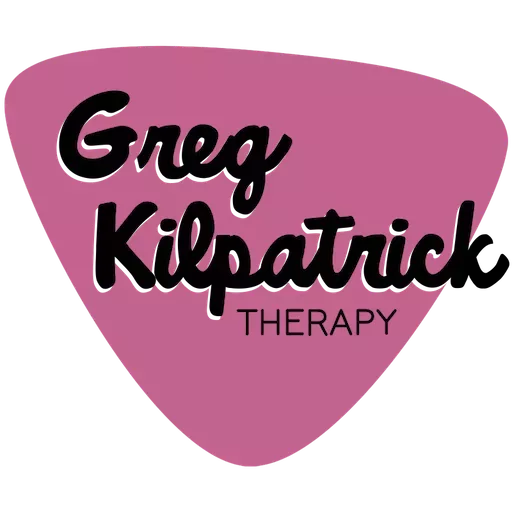I’ve been thinking a lot lately about how the language we use to talk about sexuality and gender so often falls short, both in therapy spaces and everyday conversation. I see it in my work, in my relationships, and honestly, even sometimes in my own thinking when it gets too narrow.
Think about the terms we use to describe sexual orientation. Or the term “sexual orientation”, itself. We often take this term to answer the question of “Who am I or are they attracted to?”, then we follow this question with answer built on a direction of attractedness aimed toward people who share our sex/gender, people who do not or people who do or do not. It’s kind of a relational question, but it also kind of isn’t. It does ask “who am I” and “who is the other person(s)”, but it doesn’t ask about the context around us so much… and it also conflates sex and gender, without recognizing the distinctions between them.
Another example. When we talk about gender, we most often think about personal identity labels like masc, femme, trans or cis. Now I do very much appreciate expanding the conversation past trans or cis into femme and masc; but even in this, we miss the complexity of the reality that humans are socially rooted creatures; in fact, one of the forbears of American psychology suggested that social interest was the main goal of human development. Where does our social connectedness, in a wider sense fit in?
Gender and Sexuality researcher Sari van Anders asks this exact question, “How do we move beyond simple terms and expand into the territory of context?” She has created a model where we can take multiple pieces of ourselves and those around us, considering our they interact with the larger cultural context around all of us.
Larger applications of her work ask us to consider these immediate factors (though Dr van Anders does tell us that there are innumerably more that she doesn’t mention):
-
- The gender/sex of our partners
- Our number of partners
- The nurturance/eroticism balance in our relationships
- The characteristics of partners (and ourselves) beyond gender and sex
- The interplay of fantasy and reality in our interests and our own selfhood.
She posits that these factors (and more…yes she leaves space for us to add our own) give us a better understanding of sexuality and gender…as well as the risks of social marginalization or the potential joys of social support in each configuration.
Here are a few examples of social support v marginalization, I’ll let you think through some of the other factors mentioned above on you own
In most social circles, folks whose gender expression align most closely to femme or masc (in the eyes of larger culture) generally receive the most social support. Folks, who find themselves in a middle ground face marginalization.
Conversely, when we think of partner number, a person with one partner (not more or fewer) will generally receive the greatest level of social support; whereas the person having “too few” (zero) or “too many” (more than one) partners will face a larger degree of marginalization in the public eye. This is particularly true for folks who already inhabit marginalized identit(ies).
A final “social rule” to consider is what sexual and relational configurations can be combined with the greatest likelihood of social support and which will likely face the greatest risk of social marginalization. Looking at cultural examples, we know the relationships comprised of a singular AMAB (assigned male at birth) masc man and a singular AFAB (assigned female at birth) femme woman will receive the greatest social support. Social forces have decided that the relational combination of two dissimilar gender/sex humans is preferred over other configurations, dues to a web of (often arbitrary) social, cultural, economic, and political forces. A configuration such as this one will often find itself with both more cultural support and social mobility. As we move away from this relational and sexual configuration, we will find both less social support and mobility.
Sex/gender/sexuality will always confound our attempts to fence them in, but we can expand and refine our language to better describe real human experience and connection. After all, isn’t the goal of well-constructed language to connect and deepen our relatedness with others and with our own selves?
Want content like this delivered directly to your inbox? Subscribe here!
Want to see more wires? Click here!
###
